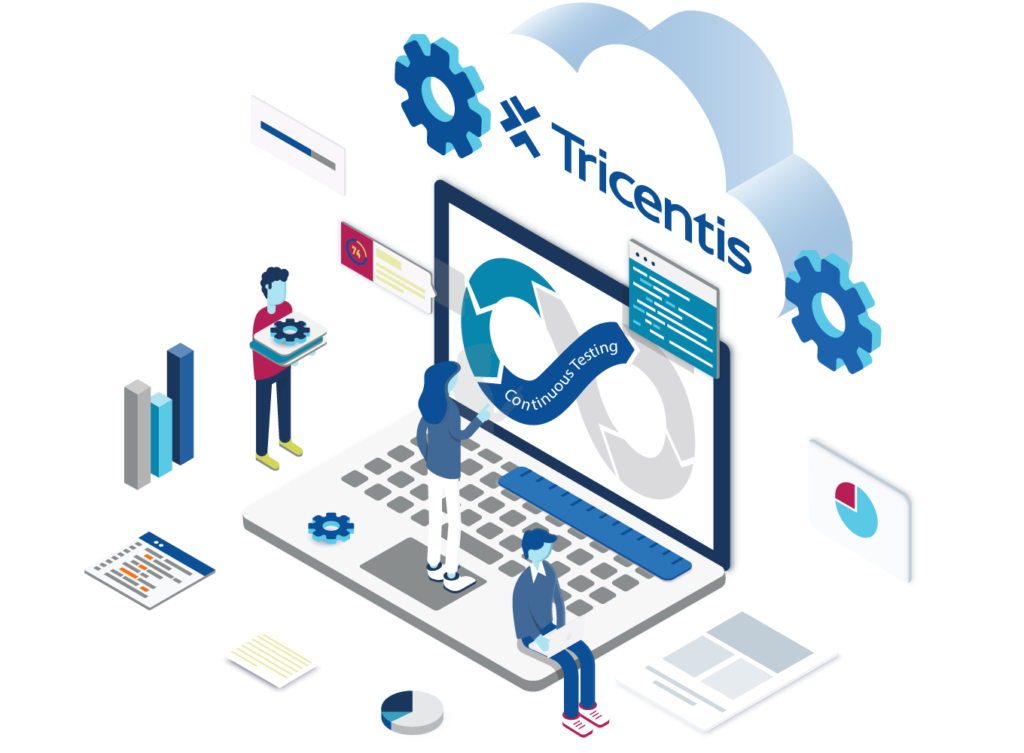One of the most important things emerging technologies offer us is a faster solution. With increased consumer demands and expectations, companies leverage test management tools, and skilled developers and testers to satisfy customers. To stay ahead of the competition, all the players in the market want their product to be the first in the market. This puts pressure on QA teams to speed up the testing process. Speed is indispensable to stay competitive but customers today value quality more than anything else. Therefore, quality must be the main priority. Achieving speed at the expense of quality is like churning out failures at a really fast pace. With continuous testing, the quality keeps in check while maintaining the required effectiveness and speed.
The Impact of Digital Disruption
Digital transformation requires a 360-degree change in the entire culture and operations of organizations, hence, it’s disruptive in nature. Transformation cannot take place without a proper strategy which needs to be centered around four aspects that form the foundation of digital transformation success.
- Business
- Technology
- Processes
- People
In pursuit of optimizing SDLC with a combined DevOps and Agile approach, some organizations tend to ignore the most critical part – quality assurance and testing. Testing can be a painful process and with continuous testing, teams can make this process easier and use the disruption to the benefit of the organization. Continuous testing strategy guarantees that DevOps and Agile do not cost an organization the quality of their products.
How to Make a Successful Continuous Testing Strategy
Continuous testing is a must at every stage of each sprint. To do so while keeping up with the pace of Agile and DevOps, continuous testing needs to be supported by automation. However, everything shouldn’t be automated. With the right combination manual and automated software testing and test management tools, teams can improve the test coverage and spectrum of continuous testing approach, automation, and cloud play a key role. Cloud enables cost-effectiveness and scalability.
The continuous testing strategy makes it mandatory to micromanage the factors of a change management strategy to achieve digital transformation. Along with relying on Agile and DevOps to empower CI/CD pipeline, organizations must also integrate continuous testing into the loop to facilitate timely fulfillment. Continuous testing eliminates the concern of time constraints and tight sprint schedules. With the right set of tools and the right amount of automation, both the functional and non-functional aspects are checked as the sprint progresses. This ensures that only quality products are delivered to the end-users.
Conclusion
The future for digital transformation is secure. In fact, it’s only going to grow from here. It’s only a matter of time when organizations start to take it seriously and put in the required efforts to digitally transform the right way. Without a continuous test strategy, right methodologies, and test management tools, the efforts to digitally transform will go in vain.
Author Bio:
As a Senior Marketing Consultant at Kualitatem, Ray Parker loves to write tech-related news, articles, specifically quality assurance and information security. Apart from his techie appearance, he enjoys soccer, reading mysteries, and spending long hours working over at the New York office.
